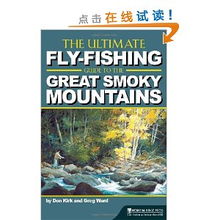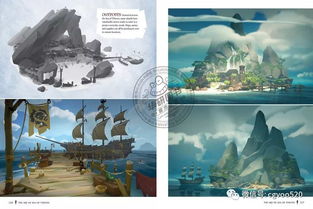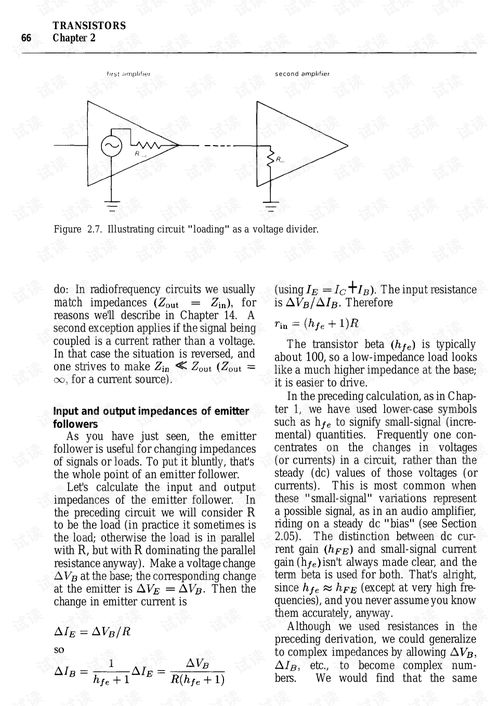Content:
Fishing is an art that requires patience, skill, and a keen understanding of the basics. One of the fundamental aspects of fishing is managing the fishing line effectively. Whether you are a beginner or an experienced angler, knowing how to handle your line properly can significantly improve your chances of catching fish. In this article, we will delve into the art of fishing line management, focusing on essential techniques and providing a step-by-step diagram to ensure you can hang your line like a pro.
Understanding the Types of Fishing Lines

Before we dive into the techniques, it's important to familiarize yourself with the different types of fishing lines available:
- Monofilament: The most common type of fishing line, monofilament is flexible and has good stretch, making it ideal for a variety of fishing conditions.
- Fluorocarbon: More expensive than monofilament, fluorocarbon is nearly invisible underwater and has a lower stretch, which can be advantageous in certain situations.
- Braided Line: Known for its high strength and sensitivity, braided line is often used for heavy-duty fishing, such as bass fishing or saltwater fishing.
How to Choose the Right Line for Your Needs
The choice of fishing line depends on several factors, including the type of fish you are targeting, the environment, and your personal preferences. Here's a quick guide to help you select the right line:
- For panfish and small game fish, monofilament is usually sufficient.
- For larger game fish or situations where a higher level of sensitivity is required, fluorocarbon or braided line may be more appropriate.
- For saltwater fishing, braided line is often the preferred choice due to its strength and resistance to abrasion.
Essential Techniques for Fishing Line Management
Now that you understand the types of lines and how to choose the right one, let's explore some essential techniques for managing your fishing line:
Measuring Line: To measure out the correct length of line, tie a small loop at the end of your line and place it on a ruler or a line-measuring device. This will help you keep track of your line length as you cast.
Tieing Knots: Learning how to tie various knots is crucial for fishing. The most common knots for fishing are the improved clinch knot, the Palomar knot, and the uni knot. Practice these knots until you can tie them quickly and efficiently.
Leader Length: Attach a leader to your main line using a loop-to-loop connection. The length of the leader should be based on the type of fish you're targeting and the environment you're fishing in. For example, a 6-12 inch leader is typically used for freshwater fishing, while longer leaders (up to 18 inches) may be necessary for saltwater fishing.
Tension Management: When casting, ensure that you maintain a constant tension on your line. This will help you detect subtle bites and avoid losing fish due to slack line.
Reeling In: When reeling in, move the reel handle in a smooth, consistent motion. Avoid jerking or stopping abruptly, as this can cause your line to twist or knot.
Step-by-Step Diagram for Tackle Efficiency
To help you visualize the process, here's a step-by-step diagram for setting up your fishing tackle:
Measure and Cut Line: Use a line-measuring device to determine the length of line you need. Cut the line with a sharp pair of fishing scissors or a line cutter.
Attach Leader: Tie a loop at the end of your main line and thread the leader through the loop. Secure the leader to the main line using a knot like the Palomar knot.
Attach Terminal Tackle: Attach your lure or hook to the end of the leader using a knot such as the improved clinch knot.
Adjust Tension: Adjust the tension on your reel by turning the drag adjustment knob. This will help you manage the tension on your line during the fight with a fish.
Cast and Fish: Cast your line out into the water and begin fishing. Pay attention to the tension and your line's movement to detect bites and set the hook effectively.
By following these techniques and utilizing the provided diagram, you'll be well on your way to mastering the art of fishing line management. Happy fishing!












